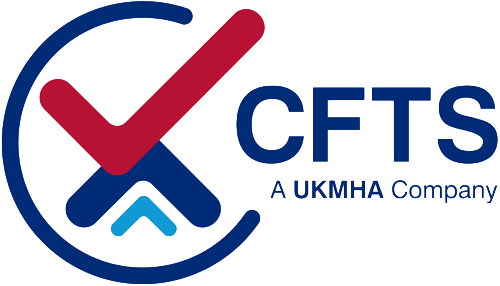Examination Expectations
1 February 2012
A survey among companies owning and operating fork lift trucks found that most Thorough Examinations did not meet user expectations, according to a survey by Consolidated Fork Truck Services.
It found that a majority was confused by what exactly is included… and who is responsible for making sure a truck conforms to legal requirements.
Some 93 per cent of respondents incorrectly assumed that any Thorough Examination would automatically include an inspection of their truck’s brakes as a matter of course.
CFTS chairman Simon Emery said: “The confusion arises because, unlike the MOT on a car, the requirements of a Thorough Examination are open to interpretation. In effect, the body providing the inspection is able to decide what should and shouldn’t be included. The nub of the problem is that the inspection of fork lift trucks is governed by two separate pieces of legislation: Provision and Use of Work Equipment Regulations 1998 (PUWER 98) and Lifting Operations and Lifting Equipment Regulations 1998 (LOLER 98).
“However, an alarming number of inspectors only include those items covered by LOLER – such as mast, chains and forks – within their inspection. In doing so they totally ignore crucial areas such as overhead guards, steering, brakes and other vital components… As a result, managers and directors responsible for fork lift trucks may fall foul of PUWER 98 legislation on ensuring the suitability of workplace equipment.”
CFTS is the product of a collaboration between the British Industrial Truck Association and the Fork Lift Truck Association with the support of the HSE. Companies accredited to the scheme – and there are around 400 of them covering the length and breadth of the UK – can be identified via the distinctive “kite” certification mark.
